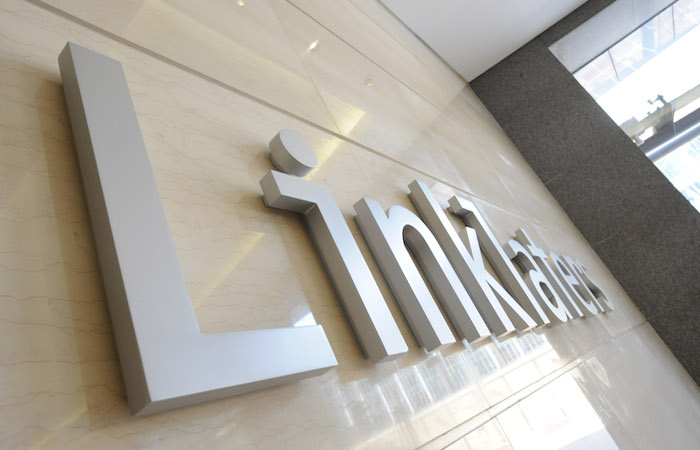
Global law firm Linklaters has reported a 23.2% mean gender pay gap for fixed hourly pay as at 5 April 2017.
The organisation has reported its gender pay gap data in line with the government’s gender pay gap reporting regulations and ahead of the private sector submission deadline of 4 April 2018.
The gender pay gap reporting regulations require organisations with 250 or more employees to publish the difference between both the mean and median hourly rate of pay for male and female full-time employees; the difference between both the mean bonus pay and median bonus pay for male and female employees; the proportions of male and female employees who were awarded bonus pay; and the proportions of male and female full-time employees in the lower, lower middle, upper middle and upper quartile pay bands.
Linklaters’ median gender pay gap for fixed hourly pay is 39.1% as at 5 April 2017.
Its mean gender pay gap for bonuses paid in the year to 5 April 2017 is 57.9%, and the median gender pay gap for bonus pay is 62.1%. Over this period, 78.4% of female employees received a bonus payment compared to 75.9% of male employees.
Less than half (44.9%) of employees in the highest pay quartile at Linklaters are women, compared to 53.9% in the second quartile, 55.9% in the third quartile and 79.2% in the lowest pay quartile. Currently, 23% of Linklaters’ UK partnership are women, compared to 42% of the organisation’s executive committee, 23% of its partnership board, and 43% of its director group.
Linklaters attributes its gender pay gap to the gender imbalance found in its lowest pay quartile, which mainly consists of secretarial and junior business team positions. Approximately 80% of these roles are fulfilled by women, which therefore has a knock-on effect on the organisation’s average pay for women as well as its overall gender pay gap. This additionally impacts Linklaters’ bonus gender pay gap, as the bonus potential for these roles is lower than for legal and senior business staff.
The law firm also notes that more of its female employees work on a part-time basis compared to male employees, which again influences its final gender pay gap figures for bonus pay.
To address its gender pay gap, Linklaters’ will strive to appoint at least 30% new female partners each year, and having at least 30% of positions on its governance and management committees being filled by women.
Linklaters will also apply a more rigorous approach to the gender mix of candidates at all levels throughout the recruitment, partner election and promotion processes, provide opportunities for flexible working to all employees, and promote the role of men in achieving gender equality. The organisations will additionally highlight its development programmes to provide more development and sponsorship opportunities for women within the business. This includes promoting its Women’s Leadership Programme, which offers coaching to junior female associates, as well as its Women Partner Programme that supports partners into management positions.
Gideon Moore, firmwide managing partner and Linklaters Business Services director at Linklaters, and Chris Lynch, director of HR and Linklaters Business Services director at Linklaters, stated in the report: “We are confident that we pay men and women fairly for equivalent roles, and are pleased that the gender pay gap for each of our four pay quartiles is small.
“[While] we still have some way to go, the gender balance in our upper, upper middle and lower middle pay quartiles is encouraging evidence that our efforts over recent years to attract and retain women in more senior roles have begun to pay off.
“It was helpful to conduct this exercise as it has provided us with some new impetus and ideas to add to our already comprehensive gender diversity programme.”